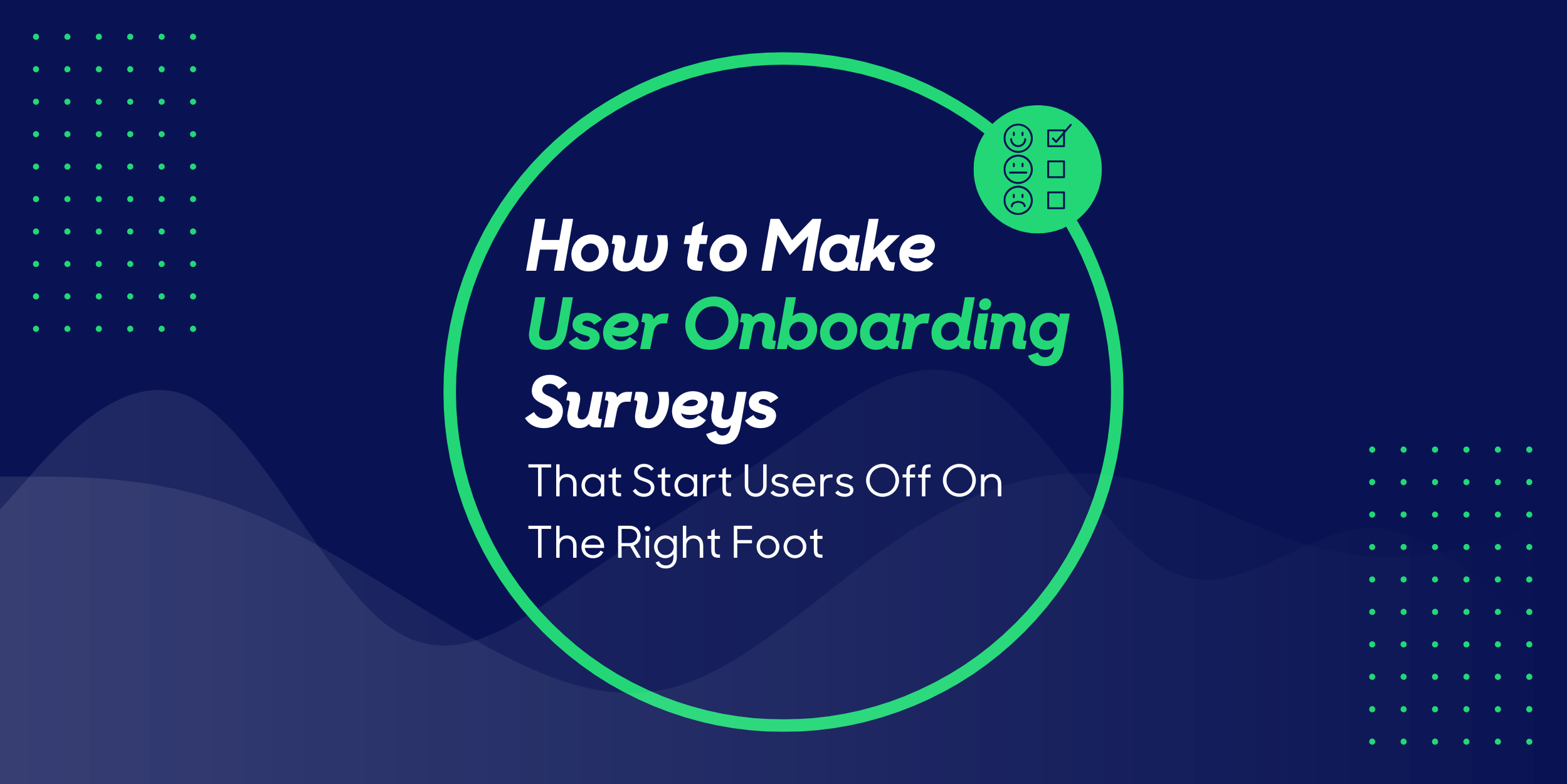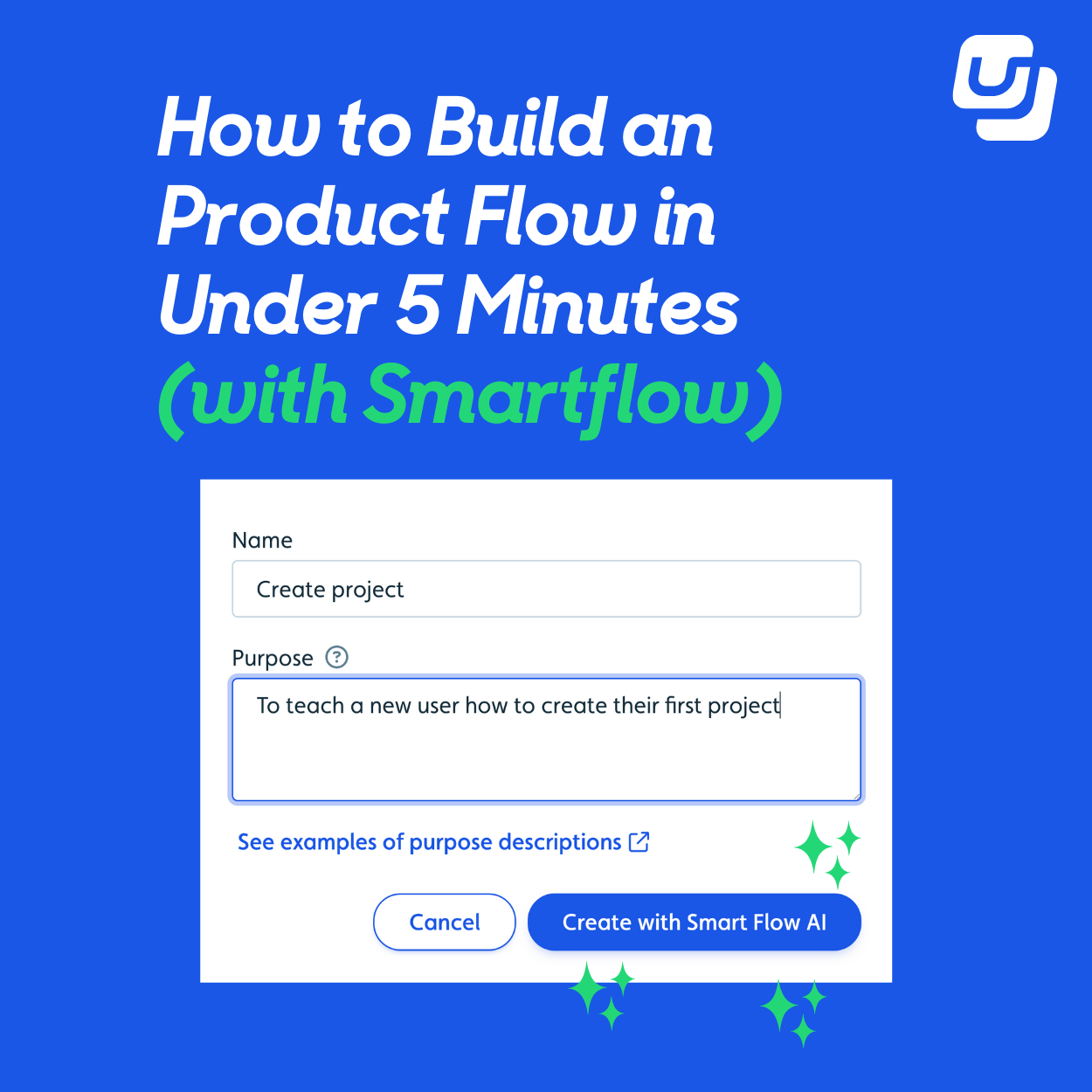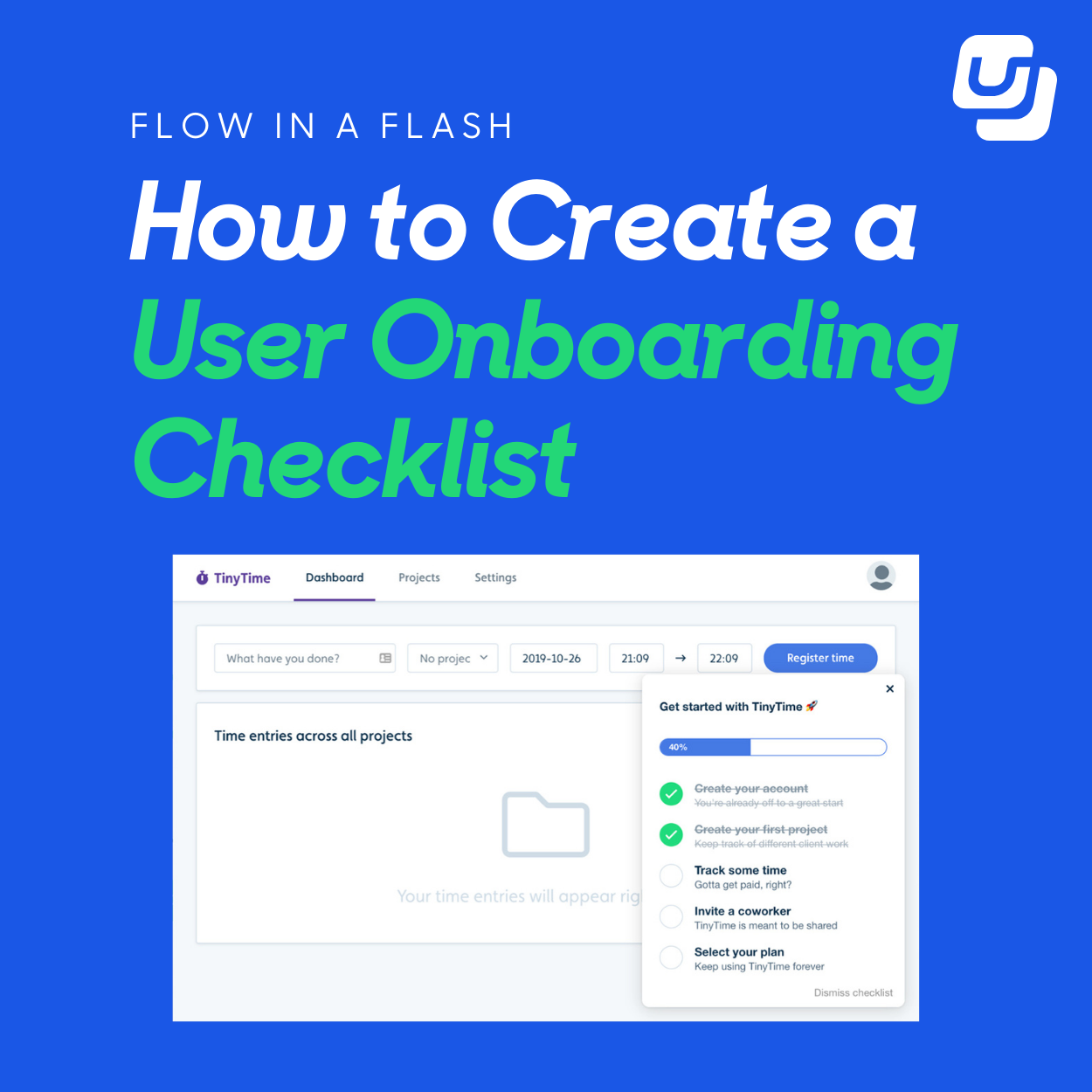All right, so you've got a user to sign up with you. That's great, but now what? You've got to make those new users stick around. That’s where a user onboarding survey can come in handy. This short, strategic set of survey questions can transform your onboarding experience—from generic to tailored—turning uncertain new users or employees into confident, active contributors.
In this guide, we’ll walk through what a user onboarding survey is, why it matters, when to use it, what survey questions to ask (including open-ended ones), and how to design one that delivers actionable insights.
What Is a User Onboarding Survey?
A user onboarding survey is a short, targeted feedback survey shown to users during the early stages of their onboarding process, typically right after sign-up or at key milestones.
Its purpose is to:
- Understand a user's goals and expectations
- Segment users by role or person
- Identify pain points or friction early
- Collect feedback to improve onboarding
Why a User Onboarding Survey Matters
A good set of survey questions can really supercharge the onboarding. It helps gather critical information that could be used as feedback to either deliver a more relevant onboarding process, or improve the onboarding as a whole.
Here are some benefits of why a user onboarding survey is a must.
1. Personalize the Onboarding Process
One-size-fits-all onboarding doesn’t work. Customizing experiences based on user roles or organizational goals improves satisfaction and retention.
2. Create a Positive First Impression
Surveys signal that you're listening. That builds trust with your new users.
3. Improve Engagement and Retention
Early feedback helps you identify challenges before they lead to churn.
4. Collect Data for Continuous Improvement
Feedback fuels growth. Asking the right survey questions can uncover what motivates users.
When to Use a User Onboarding Survey (And Where to Place It)
Like everything else in life, it's all about timing. Effective onboarding surveys are timed to match moments of insight or transition in the onboarding process.
So, here’s when and where to deploy your onboarding surveys, as well as what type of survey questions to ask:
1. Welcome Survey (During Sign-Up or First Login)
Best for learning about a user’s role, intent, or use case. This helps you segment new users and route them into the right onboarding flow.
Ask survey questions like:
- “What brings you to [Product] today?”
- “What’s your main goal?”
- “Which features are you most interested in?”
2. In-Flow Survey (After Completing a Key Action)
Trigger this after users complete a meaningful step (e.g., uploading a file, inviting a teammate, publishing a report). It’s your moment to check for friction or confusion while the experience is still fresh.
Ask survey questions like:
- “How easy was that?”
- “What did you expect to happen next?”
- “Was anything unclear about this step?”
3. Post-Onboarding Survey (After Onboarding Checklist Completion)
This is your chance to gather macro-level feedback on the onboarding experience as a whole. Great for measuring activation quality and early satisfaction.
Ask survey questions like::
- “How would you rate your onboarding experience so far?”
- “What part of the process felt most helpful or most confusing?”
- “Is there anything missing that would have helped you get started faster?”
4. Follow-Up Survey (1–2 Weeks After Onboarding)
Once users have had a chance to explore beyond the guided path, check in to see how things are going. Use this moment to surface unmet needs or uncover product gaps.
Ask survey questions like:
- “Have you achieved what you set out to do with [Product]?”
- “What would make your experience even better?”
- “Are there any features you expected but haven’t found yet?”
What Questions Should You Ask in a User Onboarding Survey?
The best onboarding surveys mix open-ended questions with scaled or multiple-choice formats. Here are question examples by category:
Goals & Intent
- What do you hope to achieve with [Product] or in your new role?
- What motivated you to sign up or join the company?
- How do your goals align with your team’s?
Role & Background
- What is your job title or function?
- What industry are you in?
- What’s your level of experience with similar tools or roles?
Experience & Satisfaction
- How would you rate your onboarding experience so far? (1–10)
- What part of the onboarding process felt most helpful?
- Were any steps unclear or difficult?
Feature or Workflow Feedback
- Which feature or task felt easiest to complete?
- Was anything missing from the onboarding checklist?
- How satisfied are you with the tools or resources provided?
Open-Ended Feedback
- What’s one thing we could improve right now?
- What surprised you during onboarding?
- Is there anything else you’d like to share?
10 Best Practices for Effective Onboarding Surveys
A well-crafted user onboarding survey should feel like a helpful nudge—not a chore. It’s your chance to understand what new users need, where they struggle, and how to accelerate their journey to value. Here’s how to make every survey count:
1. Ask Concise, Purpose-Driven Questions
Keep it short and focused. Each question should serve a clear purpose—whether it’s for segmentation, identifying friction, or improving the onboarding flow. A good rule of thumb: no more than 1–3 questions per survey. Respecting users’ time boosts both completion rates and data quality.
2. Include Open-Ended Questions for Context
While multiple-choice questions help with quick segmentation, open-ended questions uncover the why behind user behavior. They’re especially powerful after a task or milestone. Even a simple “What could have made this step easier?” can reveal actionable insights you wouldn’t get from structured responses alone.
3. Optimize for Mobile and In-App Environments
Many users interact with your product on mobile or in constrained UI spaces. Make sure your survey loads quickly, fits the screen, and doesn’t interfere with navigation. Use native-style interfaces for in-app surveys to preserve the look and feel of your product.
4. Segment Surveys by Persona, Use Case, or Behavior
Not all users are onboarding for the same reasons. A product manager and a support rep might be using the same tool—but for very different goals. Tailor questions to the user’s role, plan type, or in-app behavior. This ensures relevance and prevents survey fatigue.
5. Time the Survey Contextually Within the Onboarding Flow
A “How was your experience?” question means nothing if the user hasn’t had one yet. Tie surveys to meaningful in-product events—like completing the first task, setting up a feature, or reaching a checklist milestone. This way, you’re asking questions when the answers matter most.
6. Use Templates Thoughtfully, Not Lazily
Templates are a great starting point, but blindly copying them risks asking irrelevant or generic questions. Instead, anchor your survey content to your product’s onboarding objectives, such as reducing time to value or boosting trial-to-paid conversions.
7. Provide Value in Return
Let users know why you're asking these questions—and how their answers will improve their experience. For example: “We’ll use your answer to tailor your next steps.” This sets the expectation that their input matters and encourages honest responses.
8. Follow Up and Close the Feedback Loop
Don't let survey responses disappear into a void. Acknowledge the feedback, even with an automated message. If you're acting on a user’s input—like fixing a confusing step or adding a requested resource—let them know. This builds trust and increases future engagement.
9. Monitor and Iterate Regularly
Don’t set your onboarding survey in stone. Track performance metrics like completion rate, abandonment rate, and qualitative trends. Revise your questions over time to reflect product updates or shifts in user needs.
10. Avoid Over-Surveying
Just because you can ask questions at every step doesn’t mean you should. Too many surveys can frustrate users and create friction. Be strategic—ask only when there’s something you genuinely need to learn, and something actionable you can do with the answers.
Tools to Create and Distribute Onboarding Surveys
Now we wouldn't want to leave you hanging without any tools to actually go about making these onboarding surveys. So here are a few to get you started with.
1. Userflow
Best for: In-app user onboarding
Strength: No-code flows, embedded surveys, onboarding checklists, and contextual targeting
2. Typeform
Best for: Customer-facing onboarding surveys
Strength: Beautiful, mobile-friendly UI with customizable formats for brand consistency
3. Appcues
Best for: In-product feedback and segmentation surveys
Strength: Strong in-app delivery, NPS micro-surveys, and robust analytics
4. Tally
Best for: Lightweight onboarding surveys
Strength: Fast to deploy, simple to use, and perfect for quick tests or MVP launches
5. Survicate
Best for: Cross-functional feedback collection
Strength: Deep CRM and analytics integrations—great for tracking user sentiment over time
6. Beamer
Best for: Announcements + feedback in one place
Strength: Combines changelogs, in-app notifications, and surveys to gather insights right where updates happen
Final Thoughts: The Power of Asking the Right Questions
A strong onboarding process isn’t built on guesswork—it’s built on great questions. The right user onboarding survey can gather feedback on what your new users need, what’s confusing them, and what’ll keep them coming back. Not only that, it can set the right first impression, which does wonders for user satisfaction.
So ditch the cookie-cutter flows, toss the crystal ball, and ask your users what they really think. Then use those insights to build onboarding that actually works.
Want to gather smarter feedback and improve employee engagement, user satisfaction, and long-term success? Start leveling up your onboarding game with Userflow. Create smarter, sharper, in-app surveys, with no code required. Try for free today.
CONTENTS













%20(2).png)









